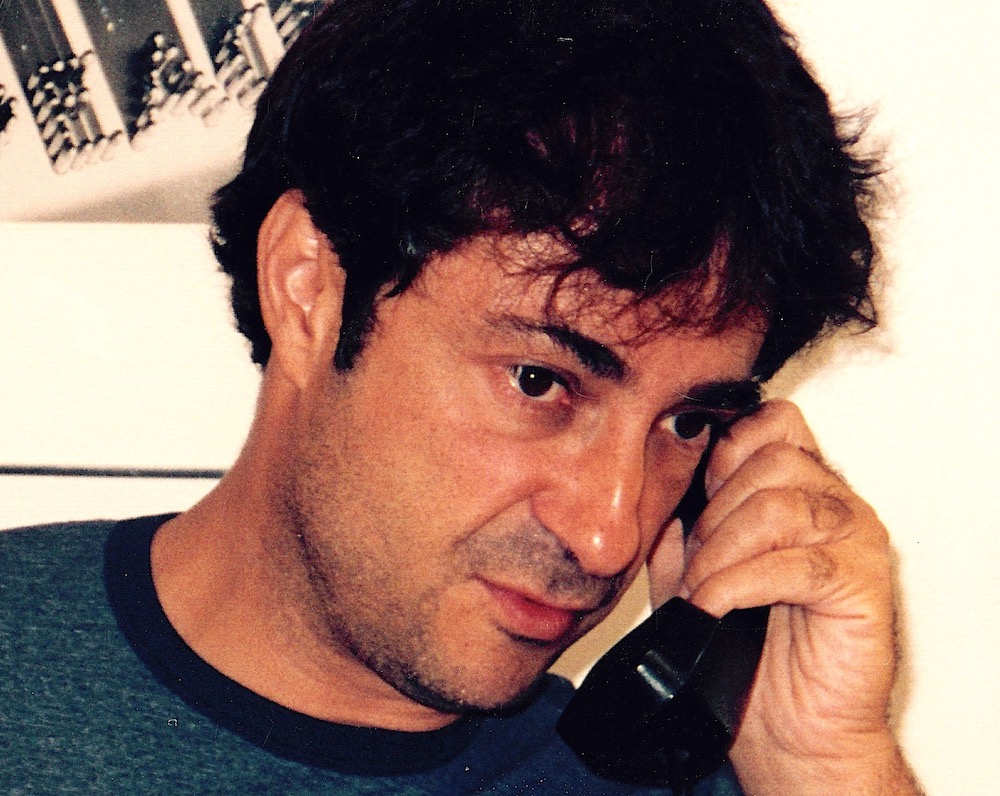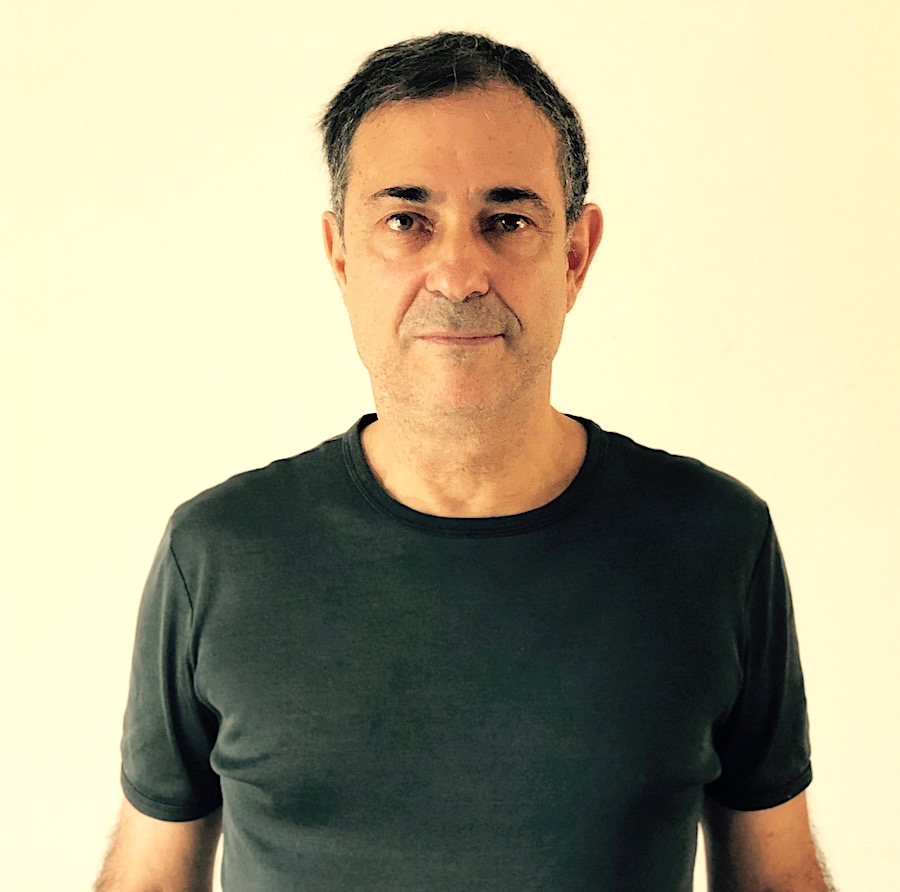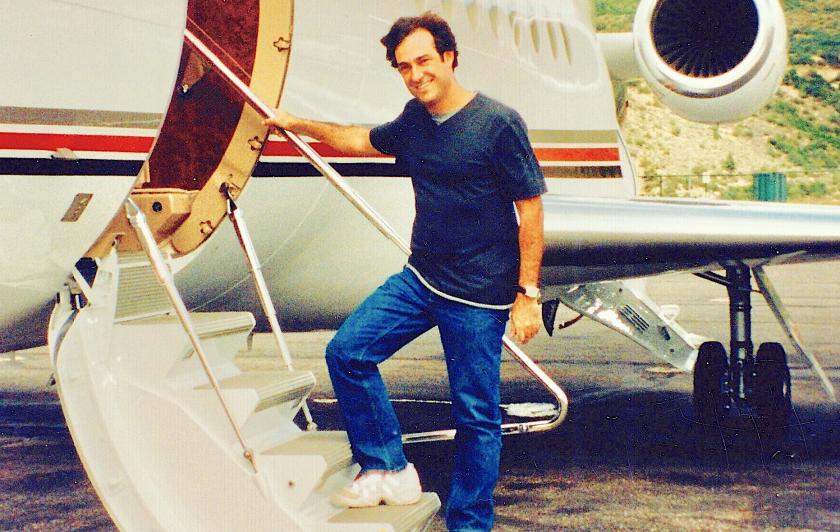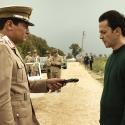“It’s nice to make money – lots of money,” said Michel Cohen, former high-flying New York art dealer turned debtor, jailbird and fugitive. He made oodles of the stuff and then lost it all, leaving a string of wealthy art collectors and galleries to lick their wounds over the colossal debts he never repaid.
Vanessa Engle’s film for the BBC's Arena strand was a portrait of the man and the big-money art scene of the 1990s, as well as a barely-believable detective story as the documentarist tracked down her quarry after he’d disappeared in Rio de Janeiro 16 years ago. Vengeful creditors and assorted law enforcement agencies have been keen to get their hands on Cohen, but Engle and her producer Billie Shepherd succeeded where they’d all failed.
Their dogged persistence eventually led to a meeting with Cohen in France, where he now lives with his family. As a French citizen he can’t be extradited to the USA, though breaking cover and being filmed like this is surely perilous. As a man who thrived on risk and chutzpah, maybe he just needed to feel that adrenalin rush again.
 Engle told the story with cool and faintly ironic elegance, counterpointing interviews and actualité segments with smartly-paced music and dreamy archive material. It gradually gelled into a resonant myth of self-reinvention, with a built-in penalty clause. Cohen was born in a low-rent Parisian suburb in 1953, showed early potential by becoming France’s top Encyclopedia Britannica salesman at age 19, then hightailed it for the USA in 1980 with his friend Richard Roy. They ended up in San Francisco selling their own home-made paté (they were French after all, even though Cohen was calling himself Michael at this stage).
Engle told the story with cool and faintly ironic elegance, counterpointing interviews and actualité segments with smartly-paced music and dreamy archive material. It gradually gelled into a resonant myth of self-reinvention, with a built-in penalty clause. Cohen was born in a low-rent Parisian suburb in 1953, showed early potential by becoming France’s top Encyclopedia Britannica salesman at age 19, then hightailed it for the USA in 1980 with his friend Richard Roy. They ended up in San Francisco selling their own home-made paté (they were French after all, even though Cohen was calling himself Michael at this stage).
Cohen had the bright idea of importing French lithographs and selling them, then grasped that selling original paintings was where the real money was to be made. Though almost entirely clueless about art, Cohen had a phenomenal memory which he used to soak up the contents of auction catalogues, and he proved as skilful at selling paintings as he’d been with encyclopedias. “Nothing really mattered except the value of the commodity,” as one acquaintance put it. This was something Americans understood instinctively.
Long story short, he opened a gallery 1018 Madison Avenue in New York. His burgeoning reputation and Gallic charm (he was “Michel” by now, lending him a marketable patina of Old World culture) meant that his credit was good, and dealers were happy to lend him De Koonings or Monets that he could present to potential buyers.
Up to this point, as several interviewees attested, Cohen had been a straight dealer who paid his debts, but Wall Street was his undoing. He got hooked on real-time options trading and enjoyed staggering success, on one occasion turning $30,000 into $14m (not sure I believe those numbers, actually). Cue a luxury mansion in Malibu and a fondness for private jets, before luck ceased being a lady and dumped Cohen into a black hole of debt. Like Max Bialystock in The Producers, he embarked on a frenzied bout of chicanery, borrowing priceless paintings and selling the same ones to multiple buyers at exorbitant sums. When he defaulted on a $10m debt to Sotheby’s, they called the police.
 Cohen did a runner to Rio, living under his own name in some style until he was arrested. His escape from Brazil was reminiscent of Papillon, involving leaping from a police car and spending three days paddling across the Amazon to reach French Guyana and the bosom of la Patrie. Incredible.
Cohen did a runner to Rio, living under his own name in some style until he was arrested. His escape from Brazil was reminiscent of Papillon, involving leaping from a police car and spending three days paddling across the Amazon to reach French Guyana and the bosom of la Patrie. Incredible.
Engle got a bit over-literal by dropping in twiddly South American guitars for the Rio section, plus Aznavour’s "Yesterday When I Was Young" and Piaf’s "Je Ne Regrette Rien", but this was a splendid yarn with a bracing underpinning of moral hazard. There was a delicious moment when Engle suggested to Cohen that what he called loans were in fact theft. “They were loans at the time,” Cohen countered. Tell it to the judge.
It was certainly true that Cohen (as he is today, pictured above) seemed to lack remorse. “It’s not in my mentality to have regrets,” he declared. Maybe they could get Jean Dujardin for the big-budget movie?















Add comment